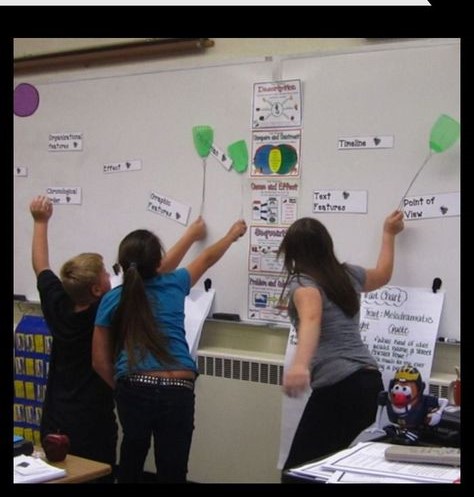Education is an essential aspect of every child’s life and academic excellence holds great importance. However, it’s also critical to strike a balance in a student’s weekly routine through various learning experiences. One such activity that has tremendous benefits is cooking – a skill that not only teaches self-reliance but also encourages creativity.
So why should your students trade homework for cooking one night a week? Let us explore some reasons:
1. Develops Life Skills:
Cooking is an essential life skill that every individual should possess. When students learn to cook, they become capable of planning meals, reading recipes, managing budgets and practicing proper kitchen hygiene. All these aspects play crucial roles in developing responsible young adults.
2. Encourages Time-Management:
Learning to cook requires effective time management. Students must plan and prepare meals in specific time frames, thus ensuring optimal timing for their other activities, including homework.
3. Enhances Cognitive Abilities:
Cooking involves applying various techniques like measuring, following instructions, and understanding the science behind cooking ingredients and methods. These cognitive activities challenge the brain and help improve students’ decision-making processes.
4. Nurtures Creativity:
Cooking is an art form that provides an avenue for creative expression. Through exploration and experimentation with recipes, students can develop their unique sense of taste while discovering new interests and passions.
5. Promotes Healthy Eating Habits:
When students learn to cook for themselves, they are more aware of the nutritional content of their meals and the importance of a balanced diet. This knowledge empowers them to make healthier choices, impacting their overall wellbeing positively.
6. Emphasizes Teamwork:
Many cooking tasks necessitate collaboration with others. Such cooperative efforts promote bonding among family members or between peers while teaching students essential teamwork skills useful in various aspects of life.
7. Reduces Stress:
A break from academic work can do wonders for a student’s stress levels. Learning to cook can serve as a therapeutic activity, providing students with mental relaxation and a sense of accomplishment that contributes to improved academic performance.
8. Imparts Cultural Awareness:
There’s no better way to learn about various cultures than through their food. Cooking dishes from different traditions fosters curiosity, understanding, and respect for diversity among students.
By dedicating one night a week to cooking lessons, you’re creating an experience that not only educates but also prepares students for life beyond the classroom. Encourage your children or students to trade homework for cooking once a week, and watch them grow into self-reliant, creative individuals with valuable life skills.











